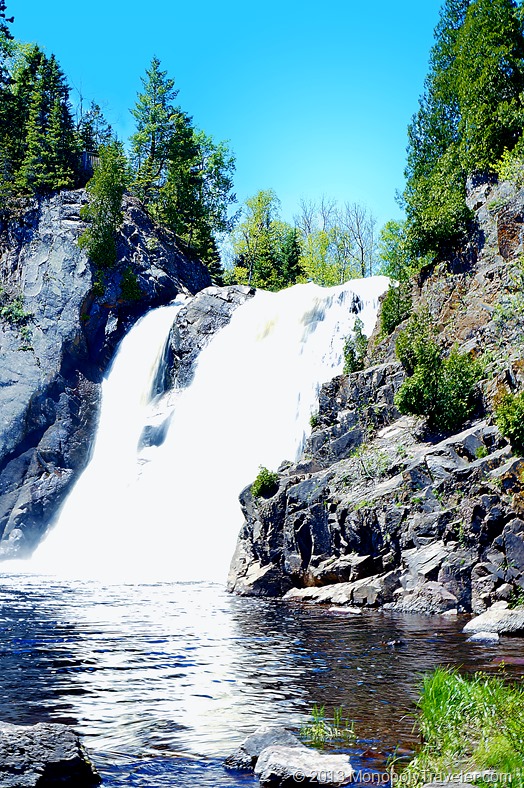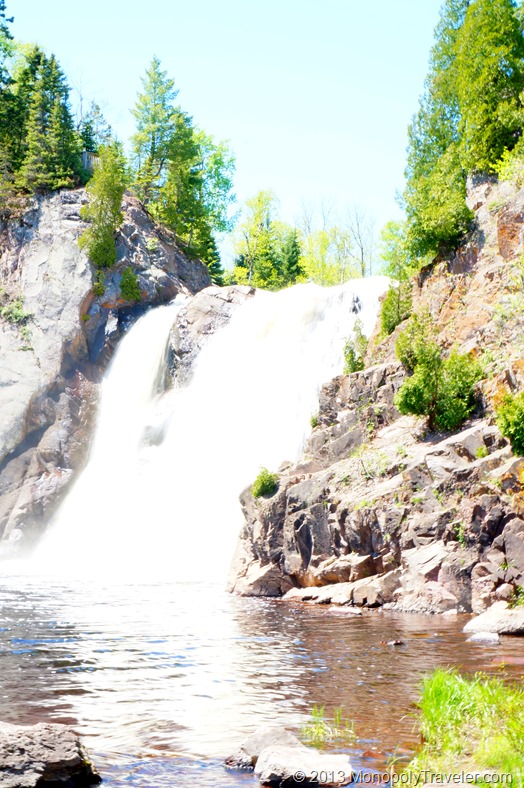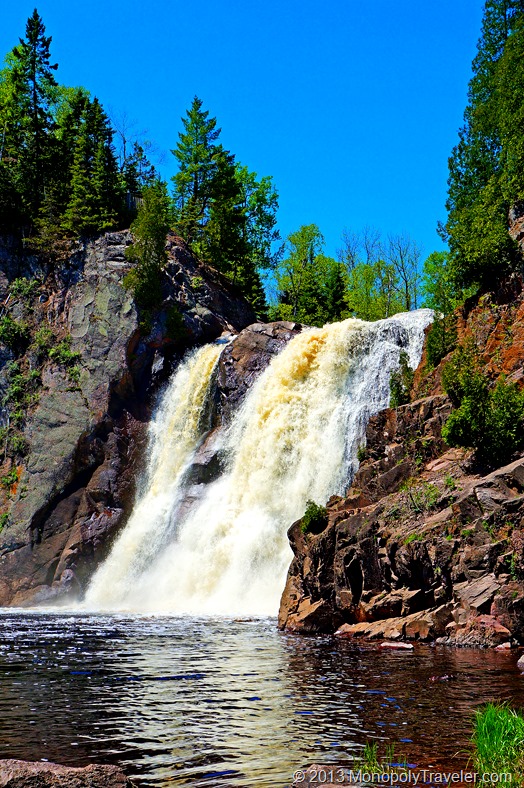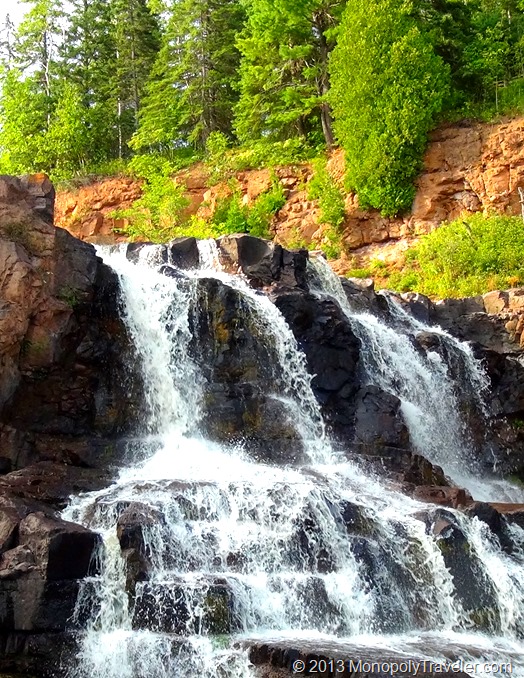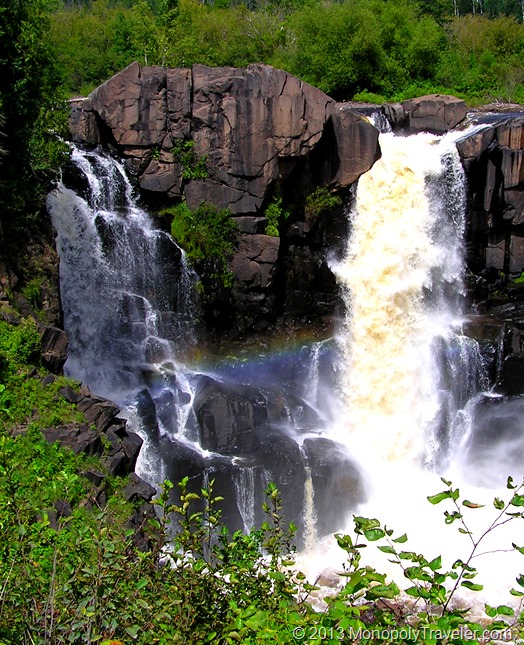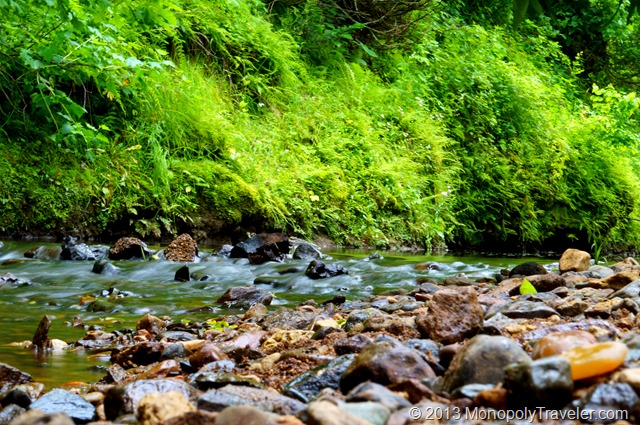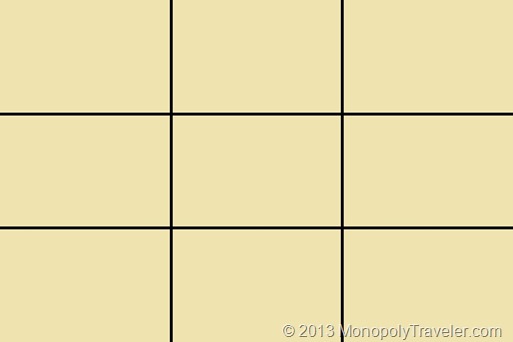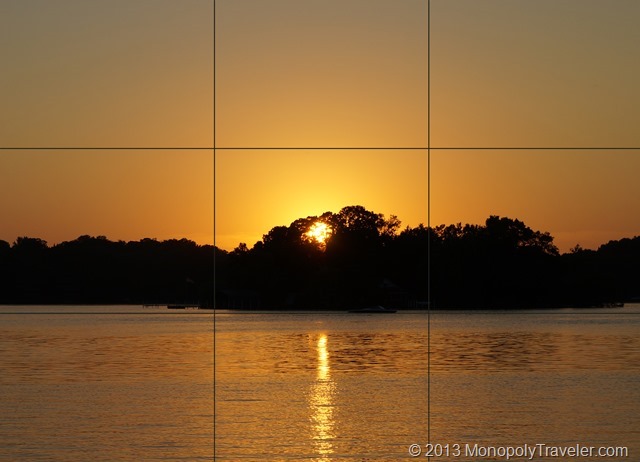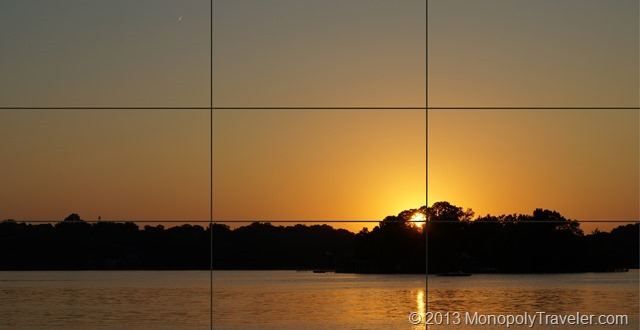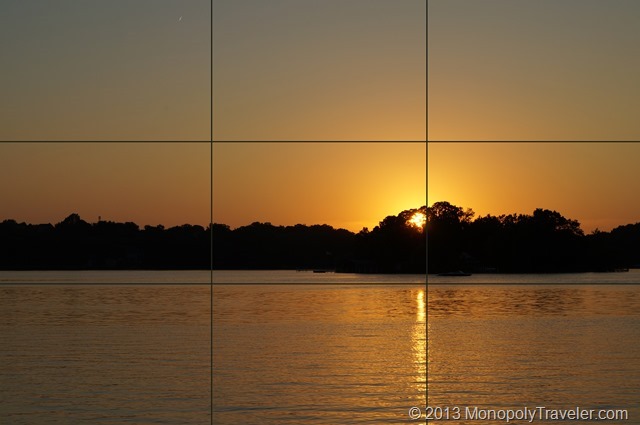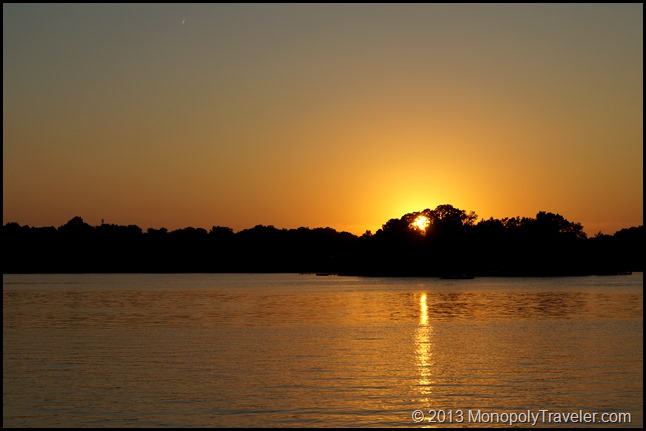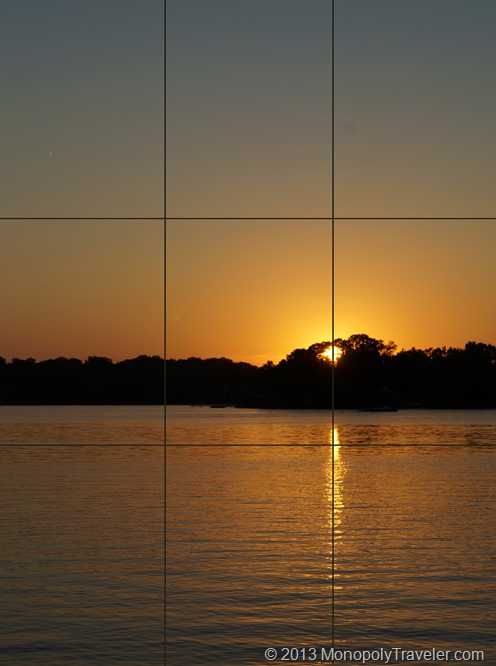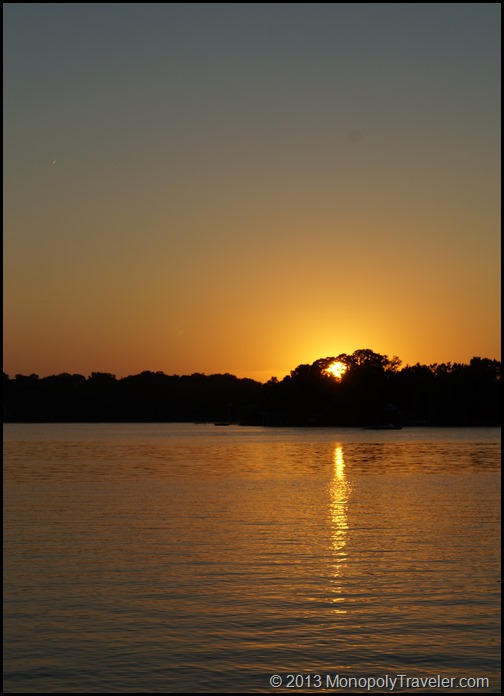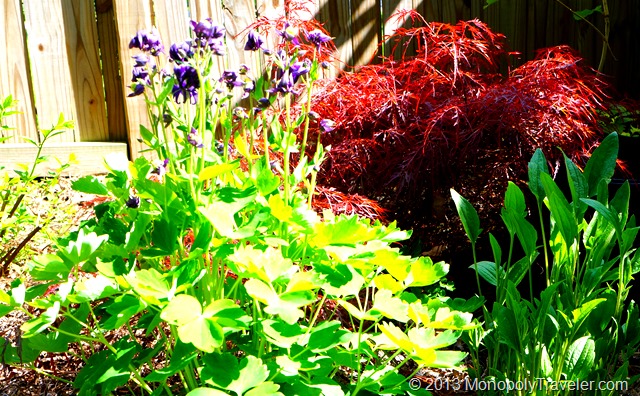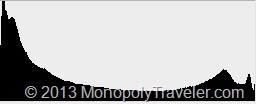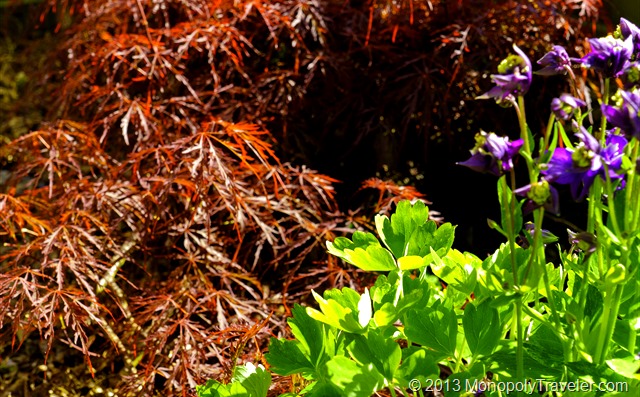I did it. I went chasing waterfalls. And I did a fairly poor job of it in my opinion. One of Peter’s rules about waterfalls, which you can view here, is to avoid shooting in mid-day. I think every waterfall I photographed was mid day. Unfortunately there were time constraints and photographing waterfalls at another time wasn’t much of an option. This was an attempt to get the silky motion with shutter speeds of 1/10 second but it was just too bright out and I wasn’t able to change the aperture and ISO enough to prevent over exposure. Using editing software I was able to get most of the picture back from being over exposed but the waterfall is still to bright to really get the full effect of motion. You can see the picture before editing below.
When looking at the original, it is surprising how much you can do to improve the photograph.
This next picture was taken using the auto settings on the camera. Since it was so bright out the shutter was able to move fast and essentially stop the water motion. Fortunately there is enough water volume going over this fall that stopping motion works in this case.
Here is perfect opportunity to try the silky motion by slowing down the shutter as the light likely would have allowed for it as well as the lower volume of water cascading over the falls. Unfortunately, this was taken before reading the ‘Shooting Waterfalls’ post by Mr. Carey with a point and shoot camera. Guess I’ll have to try it again another day.
This photo is of Pigeon Falls at the Minnesota – Canada border. Here is another case where silky motion would have been interesting. Although using a slower shutter speed may have altered the rainbow between the falls reducing its effect. Again this picture was taken before reading the waterfalls post and with a point and shoot camera. Hopefully I’ll have another opportunity to photograph these falls. Will the lighting bring the rainbows again next time?
While enjoying a creek I decided to play with a slower shutter in an effort to get the silky motion and this was the best I did. There was no tripod so this was 1/10 second shutter speed while hand holding the camera. In fact none of these waterfall pictures were taken using a tripod. Not bad for holding the camera if you ask me. Taking more time I would set the camera where it would be still and take a longer exposure photo to get even more silky motion.
Definitely room for improvement in shooting waterfalls. I will most likely get the opportunity while visiting Alaska later this summer. I suppose getting out for more practice might be a good idea before then.

